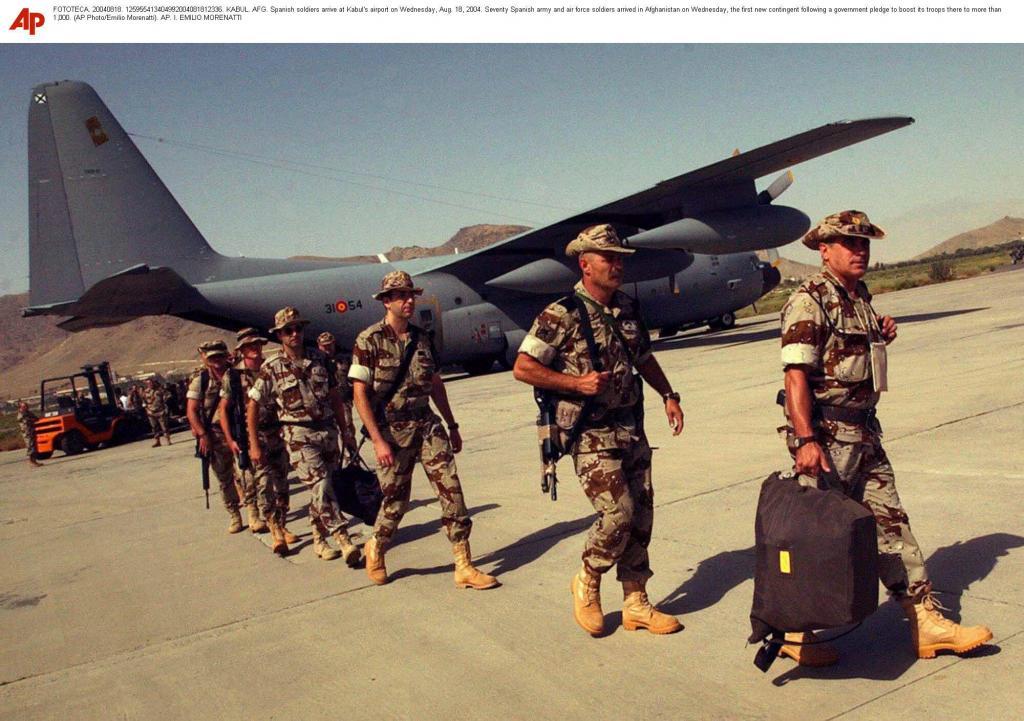When Frigate Captain González was contacted by Amazon, after 24 years in the Navy, he didn't hesitate. He chose land and a stable position with opportunities for promotion and higher pay. Similarly, when Colonel Banda was approached by an international consortium for an overseas mission, he accepted within two weeks. It was a position of responsibility where he could apply his decades of Army experience and earn a salary he would never achieve in the Armed Forces.
Like them, there are dozens of examples in any private company. Worldwide, Amazon "employs over 45,000 veterans," according to company sources. Companies like Indra and Escribano have been actively recruiting high-ranking military officers. In a time of personnel shortage, the Armed Forces face the challenge of making this career path attractive to young people and retaining the talent they have trained.
The Air and Space Force traditionally faced the issue of pilots leaving for private airlines after their commitment to the Armed Forces. This trend continues, albeit to a lesser extent, with 8% of pilots now opting for commercial airlines or private companies like Airbus, where their expertise is highly valued.
"Four years ago, Amazon began recruiting military personnel, leading to a significant exodus," explains Frigate Captain González. "I was among the first to leave because, after training in the United States, I saw how military personnel transition to civilian life, which interested me. I also realized that the career prospects, even after completing the Staff College Course, were not very clear," he shares.
Amazon values qualities such as leadership, creativity, initiative, and innovation, all skills that veterans possess due to their experience in leading teams and tackling complex challenges. Military personnel interviewed for this report agree that the skills acquired in the Armed Forces are directly applicable in civilian life.
The Military Career Law sets a target of 130,000 to 140,000 personnel, considering military planning needs and the country's demographic and social reality. However, as of January 1, 2024, there were 116,410 active military personnel, falling below the minimum set by law. According to a study by the Alternativas Foundation, there is currently a deficit of between 14,590 and 24,590 personnel.
The Armed Forces' plans include increasing the number of soldiers by 7,500 by 2029, a figure deemed insufficient based on legal requirements and the necessary investments to enhance capabilities.
The recruitment of soldiers faces two challenges: attracting vocations and addressing the demographic issue. By 2050, Spain's largest population segment will be over 75 years old, posing a challenge for the Armed Forces that rely on continuous recruitment of young individuals.
President of the Military Life Observatory, Mariano Casado, expressed concerns about the recruitment processes for Troop and Seaman scale. He emphasized the importance of making military service attractive and providing a rewarding career path to ensure successful recruitment.
Casado advocates for not only increasing salaries but also recognizing the sacrifices and challenges that come with joining the Armed Forces. He stresses the need to move beyond mere acknowledgments and truly dignify the profession.
Despite the Defense Ministry's efforts to meet the 2% spending commitment to NATO, finding a solution to the personnel issue remains a challenge.
